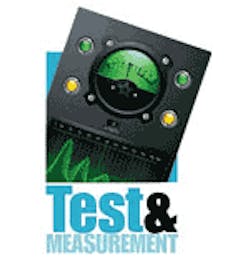Hints and tips for electronic functional test implementations
Two main test methodologies are used in automotive test. A full-functional test places the device under test (DUT) into an environment that emulates the final application environment. The DUT is powered up and loads and signals are applied, identical to conditions the DUT would see in the final application.
Full-functional test systems may be simple, and test plans can be easily defined since they mirror the DUT operation in the final application. However, full-functional test methods can be slow to execute since the DUT may have strict settling times needed for proper operation.
A second and more common method is known as DUT-assisted test. During DUT-assisted test, a communication session is established with the DUT. By utilizing test-specific DUT firmware resident commands, fast tests can be executed. The DUT-assisted test methodology is popular due to the fast test times and easier testplan development and support.
Next, both single-wire and dual-wire interconnect and switch structures are employed for automotive functional test. Single-wire matrix structures are simpler and more relay-efficient, which also means lower cost. Signal fidelity is good but signals are subject to more noise and less bandwidth.
Dual-wire matrix structures switch both the high and low signals of the measurement points. With proper twisted-pair cabling interconnects, dual-wire structures can provide better bandwidth and less noise. However, they are not as relay-efficient as single-wire structures and hence are more expensive. To optimize measurement throughput, consider reed-relay matrix solutions for their high-speed characteristics.
Furthermore, use instrumentation optimized for good measurement metrology. Isolated inputs and outputs reduce the impacts of ground loops, which is especially important for large extended system interconnect and fixture configurations commonly seen on automotive production line test areas. For precision digital-to-analog converter (DAC) sources, isolated outputs also allow stacking of the outputs to achieve higher voltages. For low-frequency voltage and waveform capture, isolation allows for the floating of the detector so you can take measurements across current shunts.
Also, select low-latency components for maximum throughput. This is particularly important for digital multimeter (DMM) measurements (lots of measurements) and DUT power supplies (select power supplies with very fast programming and settling times).
Finally, best-in-class manufacturers use statistical methods to qualify and optimize their test systems. Implement Gage R&R studies to verify stability and capabilities of your test systems. Rerun Gage R&R studies when production test systems are moved or modified.
